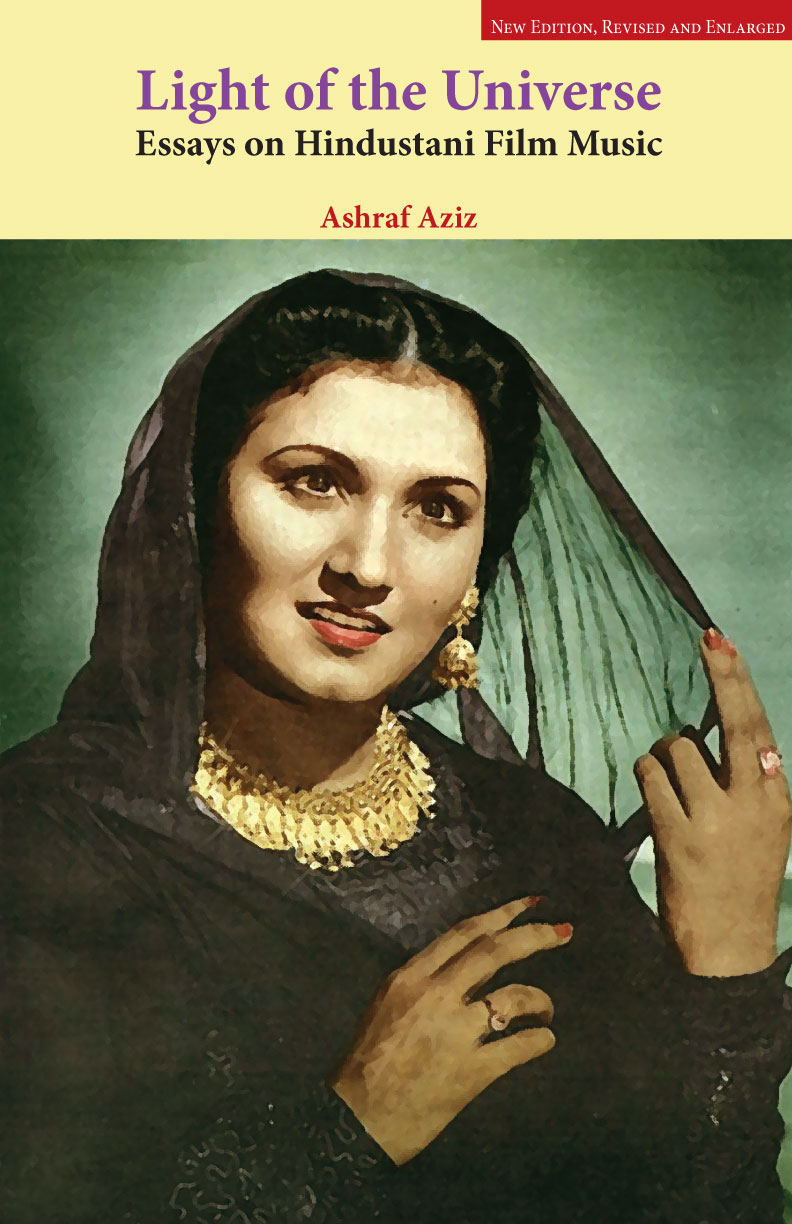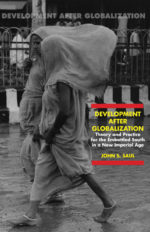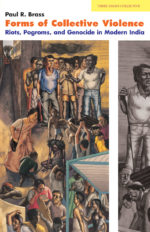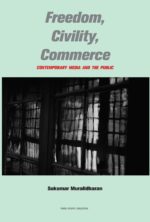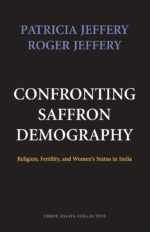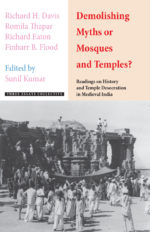Description
Starting with the premise that Hindustani cine-song and cine-music has been the main narrative, rather than a pleasant diversion, for the movie-loving public, the author has undertaken a journey into the enchanting world of singers, musicians, lyricists and assessed their contribution as powerful creators of popular culture, as interpreters of the subcontinental ethos, people’s aspirations and desires, and as bold painters on the canvas of time. They capture the very processes of history and struggles within cultures that have shaped our lives in last one century.
CONTENTS
- Foreword: Preface to the Second Edition
- Introduction: The Long Life of Hindustani Film Music
- Noor Jahan: Portrait of a Female Indo-Pakistani Artist
- Lyrical Griefwork: The Genius of Sajjad Hussain
- Shailendra: The Lyrical Romance of Suicide
- Baiju Bawra: Musical Reaction or Revolution?
- The Female Voice in Hindustani Film Songs
- Postscript
- Appendix: Timeline 2008–2012
On the cover: Noor Jahan
Ashraf Aziz
Ashraf Aziz was born in Tanga, Tanzania, into a small British Indian community in diaspora. His ancestors were brought to East Africa from Sialkot, now in Pakistan, in the 1890s to help build the railway. His parents decided to make Tanganyika (now Tanzania) their home where he was born during the World War II.
He received his schooling in East Africa. But his real schooling had started much earlier at home – in Hindustani film songs, which became a life-long passion. After attending the Makerere University (Kampala, Uganda), he was awarded a scholarship to come to the United States in 1965, where he completed his PhD in zoology at the University of Wisconsin-Madison in 1974. In the same year he became an instructor in the anatomical sciences at Howard University, College of Medicine, Washington, DC, where he is currently a professor. He continues to do research in the anatomical sciences as well as the popular culture of south Asia. He calls himself an American of Indo-Pakistani origin with an African experience.

